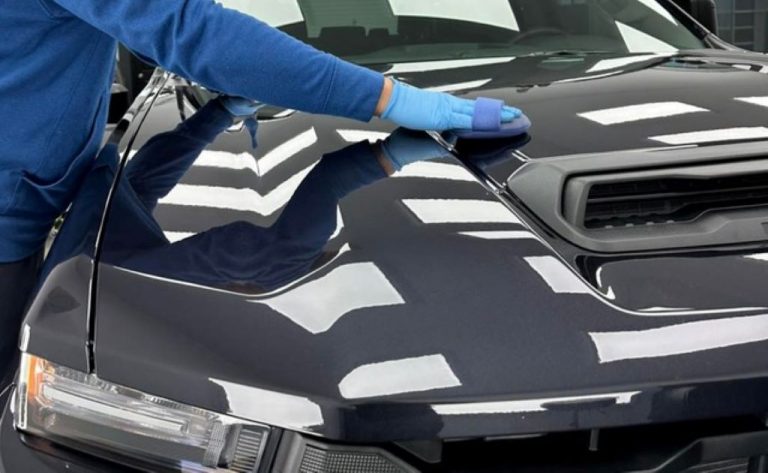As parents strive for healthier lifestyles and a greener planet, the spotlight falls on an essential aspect of baby care—diapers. Traditional diapers, though convenient, contribute heavily to landfill waste. Biodegradable diaper materials offer a sustainable alternative that aligns with eco-conscious values. Explore Probabyguide to discover everything you need to know about these innovative diapering solutions.
What Are Biodegradable Diaper Materials?
Biodegradable diaper materials are crafted from natural, renewable sources that decompose faster than traditional petroleum-based diapers. They provide a safer and more sustainable option for parents seeking eco-friendly solutions.
Key Components:
- Bamboo Fiber: Soft, absorbent, and naturally antibacterial.
- Cornstarch Polymers: A plant-based alternative to plastic for waterproof layers.
- Organic Cotton: Chemical-free and gentle on sensitive skin.
- Wood Pulp: A biodegradable core material with excellent absorption.
Why Choose Biodegradable Diapers?
Parenting decisions extend beyond convenience to environmental impact. As you navigate diapering questions, such as should you change your baby’s diaper while sleeping, it’s important to consider sustainable options. Biodegradable diapers offer these advantages:
- Eco-Friendliness: Traditional diapers take over 500 years to decompose, while biodegradable ones decompose in months.
- Baby-Safe Materials: Free of chlorine, fragrances, and other irritants.
- Sustainable Production: Many materials are harvested with minimal ecological impact.
By integrating biodegradable materials into your routine, you help create a healthier planet for future generations.
Key Types of Biodegradable Materials in Diapers
Bamboo Fiber
Bamboo stands out for its eco-friendly attributes. It grows rapidly without the need for fertilizers or pesticides. Diapers made from bamboo are breathable, soft, and naturally resistant to bacteria.
PLA (Polylactic Acid)
This plant-derived polymer is often used in the lining and backing of diapers. PLA is compostable under industrial conditions, reducing its environmental footprint significantly.
Wood Pulp Core
Sustainably sourced wood pulp acts as an absorbent core, locking in moisture while being biodegradable. It’s a safer alternative to synthetic gels.
Natural Elastics and Adhesives
Biodegradable diapers use natural rubber or plant-based adhesives instead of synthetic materials, ensuring eco-friendliness without sacrificing functionality.
Are Biodegradable Diapers Worth the Investment?

The Cost Question
Biodegradable diapers often come with a higher price tag than conventional ones, but this gap is narrowing as demand grows. For many parents, the long-term benefits outweigh the initial expense.
- Cost-Saving Tip: Subscribe to bulk diaper plans from eco-friendly brands for better deals.
Proper Disposal of Biodegradable Diapers
To maximize their environmental benefits, biodegradable diapers need proper disposal:
- Check Labels: Determine if the diaper is suitable for home composting or requires industrial facilities.
- Separate Non-Biodegradable Parts: Remove tabs or synthetic layers before composting.
- Use Municipal Composting Services: These facilities offer the controlled environment required for faster decomposition.
Challenges and Innovations in Biodegradable Diapers
Challenges
- Limited composting infrastructure in many areas.
- Variations in absorbency compared to synthetic diapers.
Innovations
Companies are working to overcome these hurdles with hybrid models, improved composting methods, and better-performing biodegradable materials.
Top Biodegradable Diaper Brands
- Dyper: Bamboo-based, hypoallergenic, and delivered via subscription.
- Eco by Naty: Certified natural materials with great performance.
- Nest Baby Diapers: Focused on sustainability and plant-based ingredients.
Halloween Around the World: Unique Traditions and Celebrations
FAQs
What makes biodegradable diapers better for the environment?
Biodegradable diapers decompose significantly faster, reducing landfill waste and the environmental impact of diapering.
Are biodegradable diapers safe for sensitive skin?
Yes, they are typically free of chemicals like chlorine and artificial fragrances, making them ideal for sensitive skin.
How should I dispose of biodegradable diapers?
Follow the manufacturer’s guidelines—some are home-compostable, while others require industrial composting.
Do biodegradable diapers cost more than regular ones?
They can be pricier, but many brands offer subscription plans to help reduce costs.
Can biodegradable diapers match the absorbency of traditional ones?
They are improving, but some parents find them slightly less absorbent than regular diapers.
What brands offer the best biodegradable diapers?
Brands like Dyper, Eco by Naty, and Nest Baby Diapers are leaders in the eco-friendly diaper space.
You Might Enjoy: Should I buy a used van from a dealer or a private seller?
Conclusion
Biodegradable diaper materials represent a significant step toward sustainable parenting. Whether made from bamboo, organic cotton, or plant-based polymers, these diapers reduce waste and provide a safer choice for your baby. Explore Probabyguide for more tips on sustainable baby care, and consider how making this small switch can have a lasting impact on the environment.










+ There are no comments
Add yours